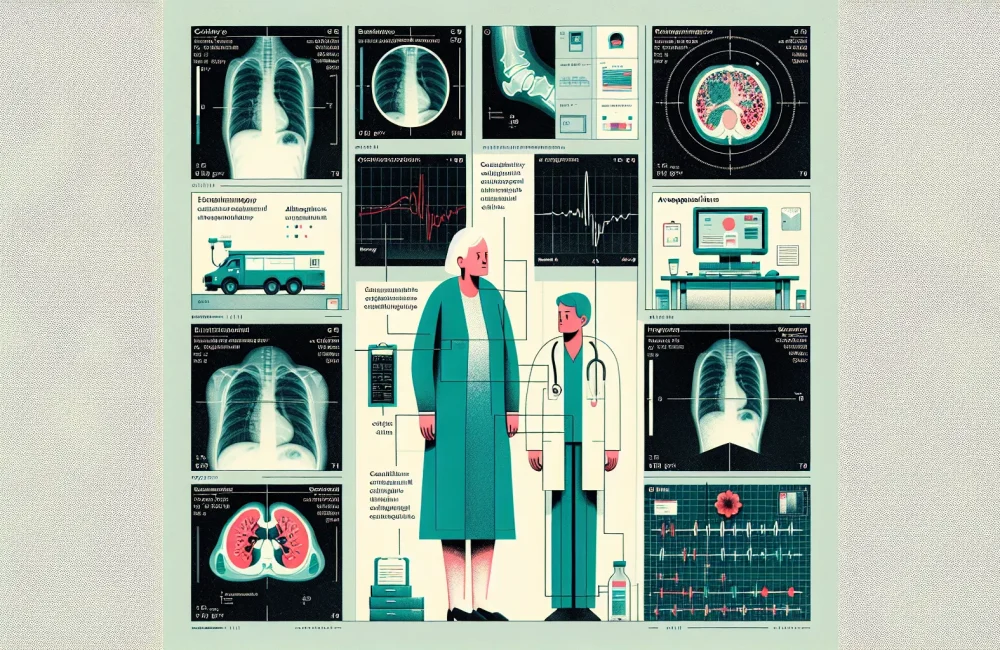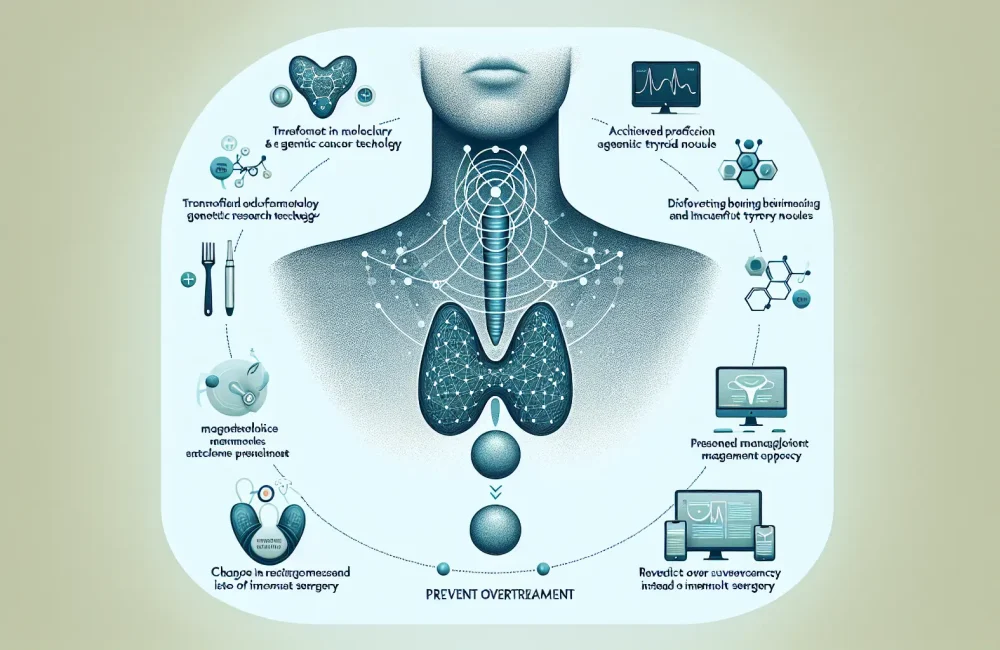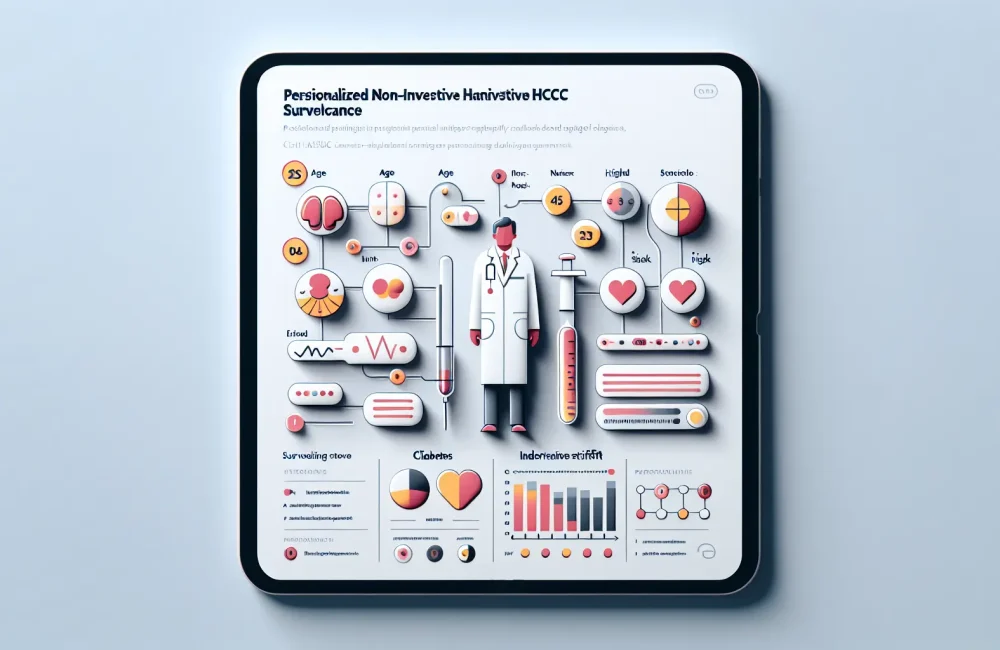By CAFMI AI From New England Journal of Medicine
Comprehensive Diagnostic Approach to Elderly Respiratory Symptoms
**Comprehensive Diagnostic Approach to Elderly Respiratory Symptoms**
The case of a 79-year-old woman presenting with a persistent cough and significant weight loss over several months underscores the critical need for a thorough and systematic clinical evaluation in elderly patients with nonspecific respiratory symptoms. These symptoms are common in this population but can mask serious underlying conditions such as infections, malignancies, or inflammatory disorders. In elderly patients, weight loss accompanying respiratory symptoms notably raises the concern for malignancy or chronic infection, necessitating an extensive diagnostic workup to ensure timely identification and management. The patient underwent initial evaluation including chest imaging—such as chest X-ray and computed tomography (CT)—which revealed abnormalities suggestive of a pulmonary process. Laboratory tests and microbiologic studies were conducted to exclude infectious causes, especially tuberculosis and other chronic infections which remain relevant considerations in this age group. Recognizing the broad differential diagnosis, the multidisciplinary team employed a stepwise approach moving from non-invasive testing toward histopathologic confirmation to clarify diagnosis.
The clinical decision to pursue invasive procedures such as biopsy was prompted by imaging findings that could not conclusively differentiate between infectious etiologies, primary pulmonary malignancies, or inflammatory lung diseases. Histopathology played a crucial role in providing tissue diagnosis, which is pivotal for tailoring subsequent therapeutic interventions. This strategy reflects best practices in geriatric clinical care, balancing the risks and benefits of invasive diagnostics while aiming for definitive diagnosis to guide treatment. Early and accurate diagnostic clarification is vital given the higher morbidity and mortality associated with delay or misdiagnosis in this vulnerable population.
Tailored Management and Therapeutic Strategies
**Tailored Management and Therapeutic Strategies**
Following the identification of the underlying diagnosis through biopsy and laboratory correlation, treatment was customized to address the specific etiology. In cases where infections are confirmed, targeted antimicrobial therapy is warranted, carefully selected to cover the pathogen spectrum relevant to elderly patients while considering the patient’s comorbidities and potential drug interactions. For malignancies, the treatment planning involves oncology consultation to evaluate options ranging from surgery, chemotherapy, radiation therapy, or palliative care, depending on disease stage and patient functional status.
Supportive care also occupies a fundamental role in managing elderly patients with complex pulmonary conditions. Nutritional support and symptom management, including cough suppression and management of dyspnea, are critical components to improve quality of life. The case emphasizes that therapeutic decisions in elderly patients require a holistic approach, integrating clinical data with patient preferences and goals of care. Multidisciplinary collaboration among pulmonologists, oncologists, infectious disease specialists, and primary care providers is necessary to optimize outcomes and coordinate care efficiently.
Close monitoring and follow-up visits are imperative to assess treatment efficacy, side effects, and detect early signs of complications or disease progression. This longitudinal care model is essential to adapt treatment regimens timely and provide supportive interventions as needed. Counseling patients and families about disease expectations and prognosis fosters shared decision-making and improves adherence to treatment plans.
Clinical Implications and Primary Care Integration
**Clinical Implications and Primary Care Integration**
This patient case highlights several important clinical implications for healthcare professionals, particularly those practicing in primary care settings where initial presentations often occur. It reinforces the importance of maintaining a broad differential diagnosis when evaluating elderly patients with cough and weight loss, recognizing that these symptoms could herald serious disease even in the presence of common respiratory complaints. Primary care clinicians need to be vigilant in identifying red flags such as unintended weight loss, persistent symptoms beyond expected infectious durations, and imaging abnormalities that warrant expedited specialist referral.
Furthermore, integrating clinical findings from imaging, laboratory tests, and histopathology into a cohesive diagnostic and management plan illustrates the value of a multidisciplinary approach. This model ensures efficient use of diagnostic resources and reduces delays in care. Primary care plays a pivotal role in ongoing patient monitoring, coordinating with specialty care teams, and addressing preventive healthcare needs. Counseling patients on symptom management, potential side effects of treatment, and the importance of follow-up care should be standard practice.
Additionally, this case underlines the necessity for clinicians to understand guideline recommendations for evaluation of cough and weight loss in elderly patients, including indications for advanced imaging, biopsy, and specialist consultations. Awareness of differential diagnoses ranging from infectious to neoplastic and inflammatory conditions helps guide appropriate testing. Early diagnosis and intervention can significantly improve patient outcomes and reduce healthcare costs associated with delayed treatments. Ultimately, this case reinforces the importance of an integrated, patient-centered approach in managing complex presentations in elderly patients in the primary care context.
Read The Original Publication Here






